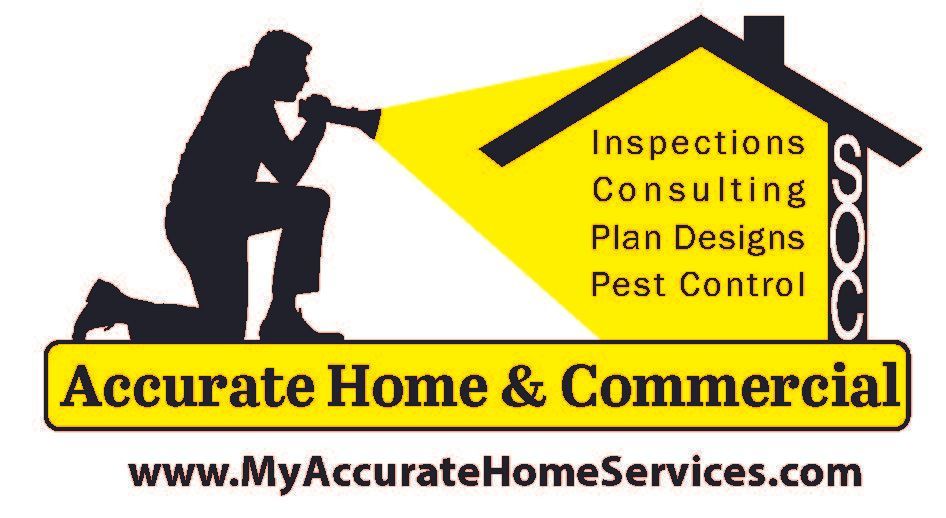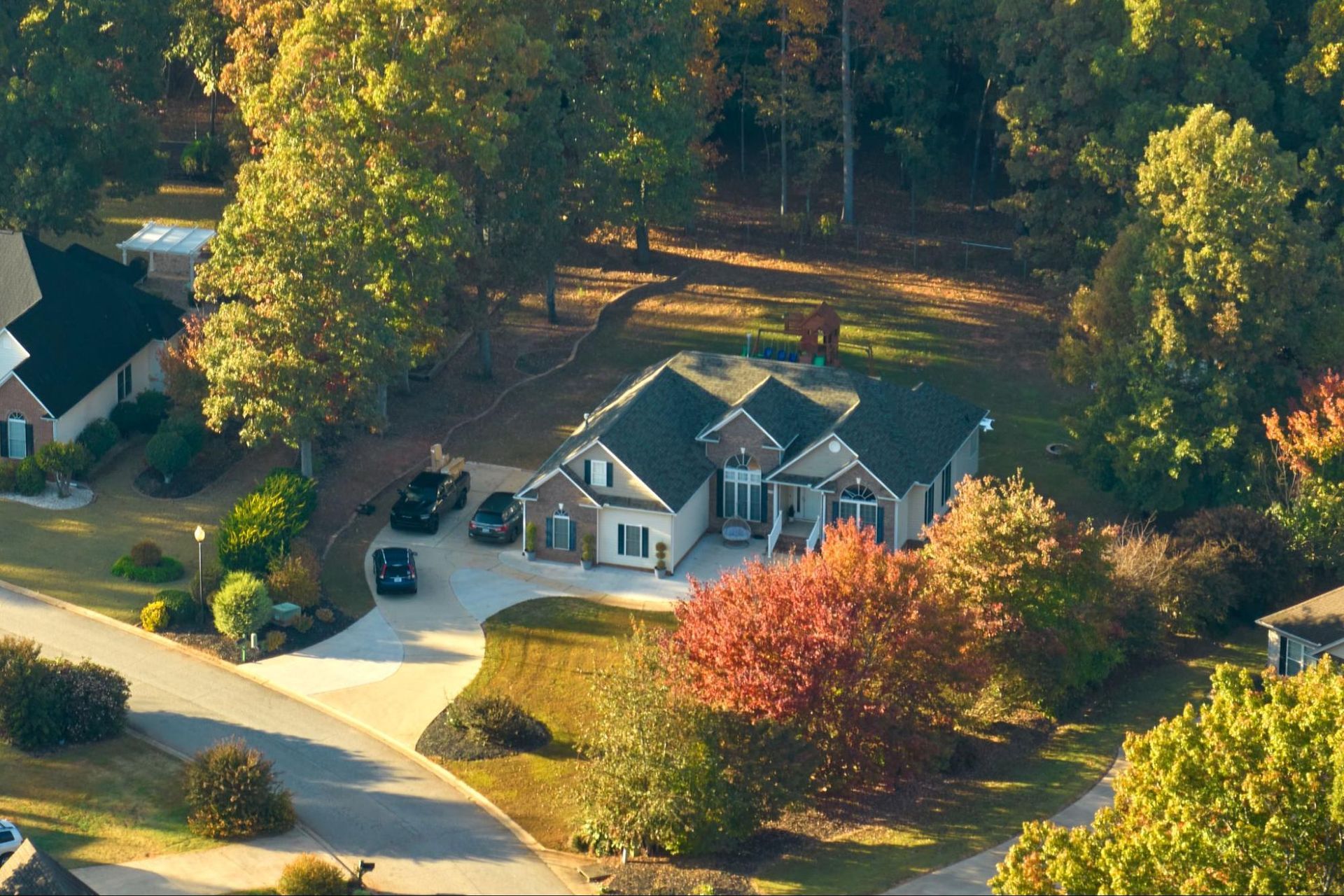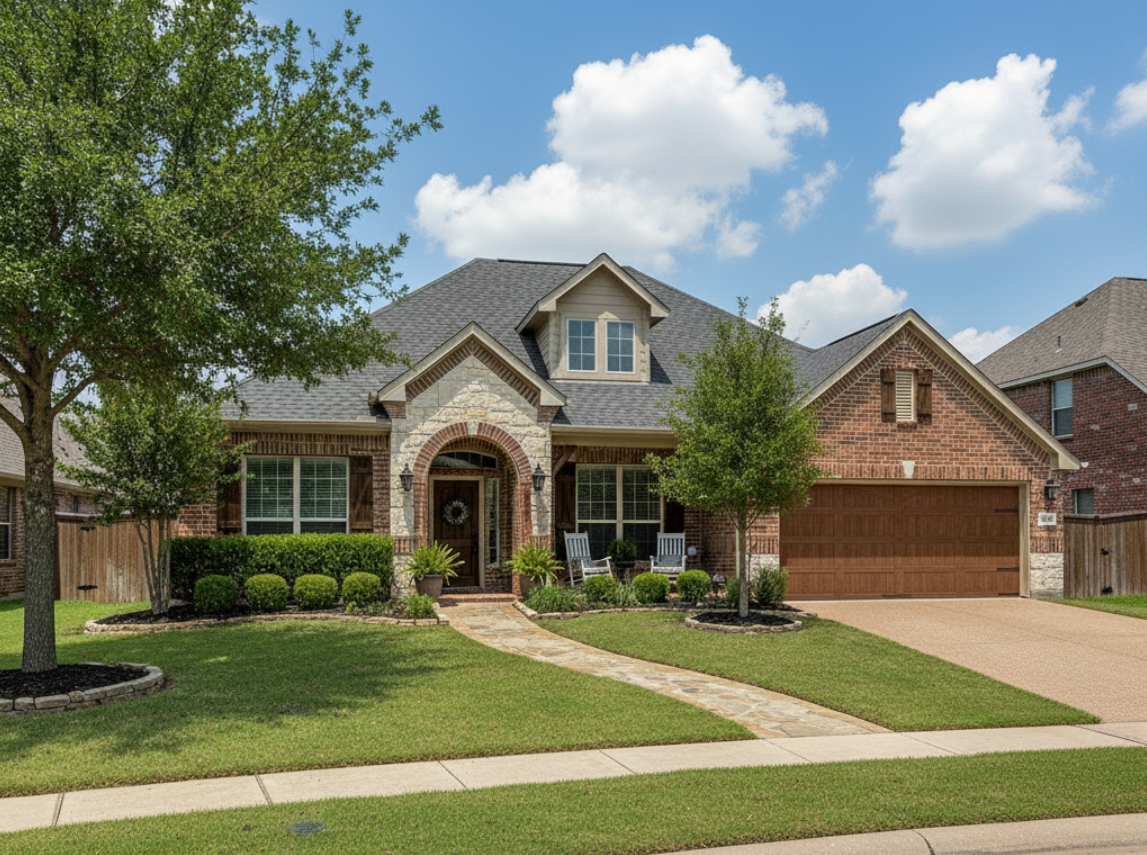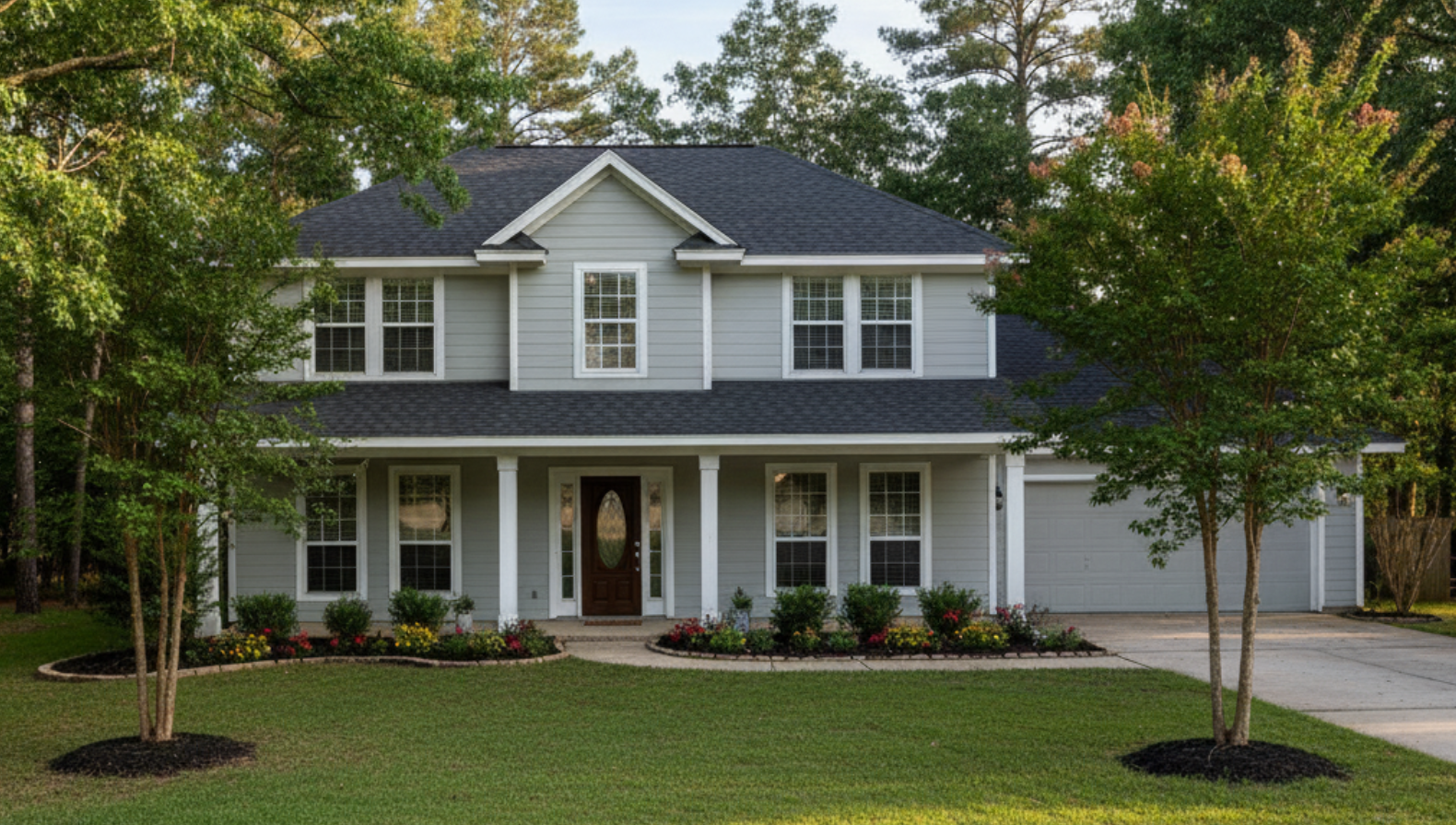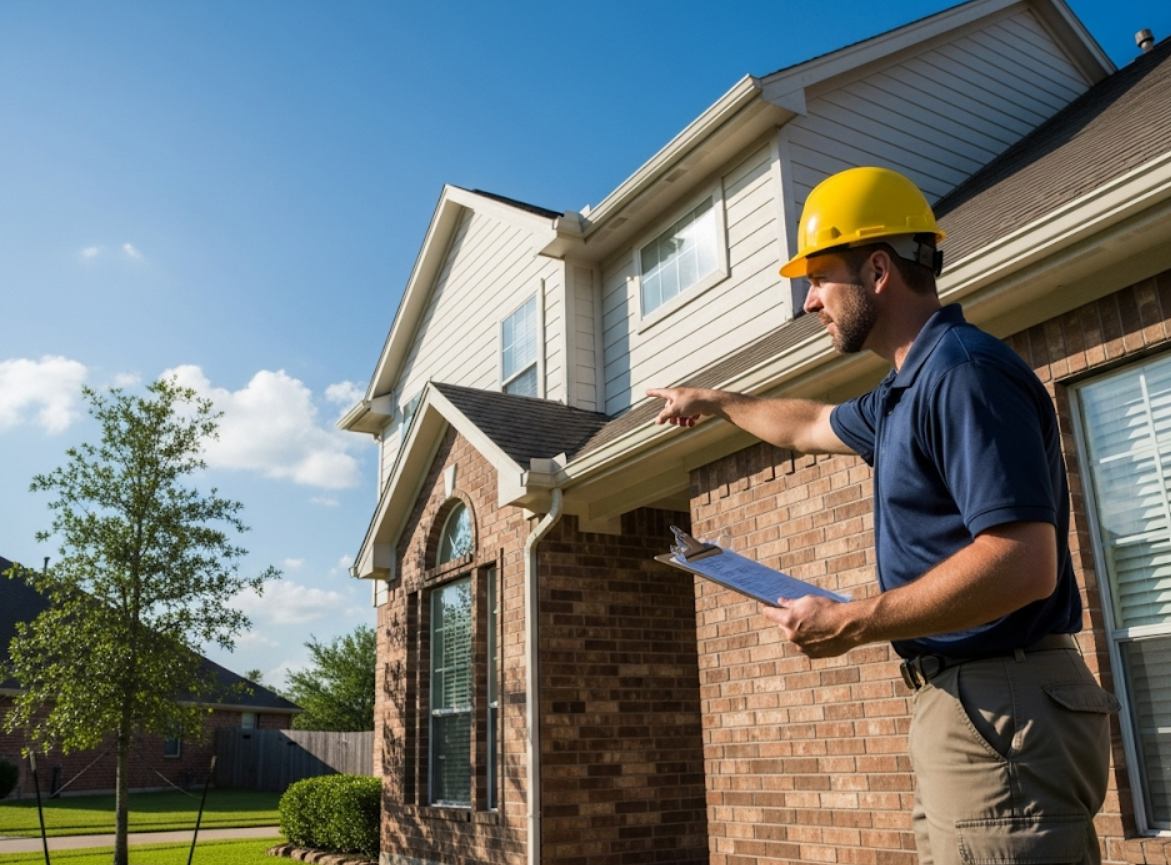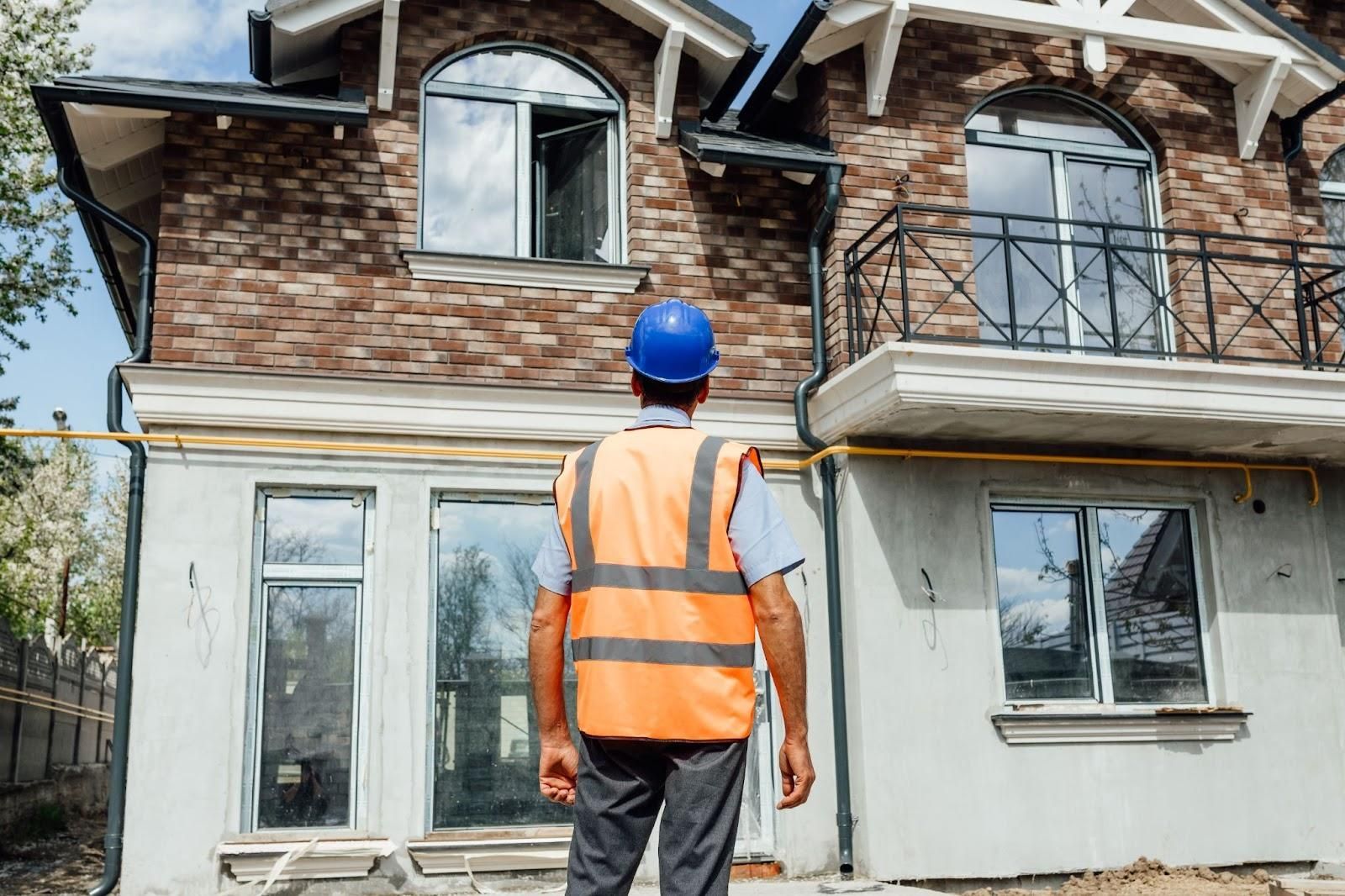From Storm to Settlement: Mastering Roof Insurance Claims
Dealing with a roof damage insurance claim can feel overwhelming for many homeowners. It's important to know how to handle the process effectively, especially if your roof gets damaged unexpectedly. Here's a simple overview of what you need to know:
- Coverage: Homeowners insurance usually covers roof damage from sudden accidents or acts of nature, but not from regular wear and tear or neglect.
- Deductibles: Be mindful of your deductible, which is the amount you pay out of pocket before insurance covers the rest.
- Filing Frequency: Too many claims can lead to higher premiums or loss of coverage. Be strategic about when to file.
- Documentation: Maintaining thorough documentation, including photographs, repair receipts, and inspection reports, is essential to substantiate your claim and facilitate the claims process.
Homeowners insurance aims to restore your home's condition following unexpected events like storms, hail, or falling branches. However, the path from damage to settlement often involves many steps and considerations. When it comes to ensuring your roof is protected, a proper understanding of your insurance policy and knowing when to file a claim makes all the difference.
Understanding Roof Damage Insurance Claims
When your roof suffers damage, understanding the details of your insurance policy is key to a smooth claim process. Let's break down some important concepts you'll encounter: replacement cost, actual cash value, and deductible amounts.
Replacement Cost vs. Actual Cash Value
Insurance policies typically offer two types of coverage for roof damage: Replacement Cost and Actual Cash Value (ACV).
- Replacement Cost: This coverage pays for the cost of replacing your roof with a brand-new version of itself. It's calculated based on current market prices for materials and labor. If your roof needs repairs, you’ll receive two checks from the insurer. The first covers the depreciated value, and the second covers the remaining cost once repairs are complete.
- Actual Cash Value (ACV): This option only covers the depreciated value of your roof. In other words, it pays what your roof is worth at the time of the damage, not the full replacement cost. This might result in higher out-of-pocket expenses for you.
Deductible Amounts
A deductible is the amount you pay out of pocket before your insurance kicks in. Some policies have separate, often higher, deductibles for wind and hail damage. Reviewing your policy details is important to understand these specific terms.
Tip: Always check your policy details during renewal to understand any changes in deductible amounts.
Real-World Example
Imagine a homeowner in Conroe with a 15-year-old roof. A severe storm causes significant damage. If they have Replacement Cost coverage, their insurer will cover the full cost of a new roof, minus the deductible. However, with ACV coverage, they might only receive a fraction of the replacement cost, leaving them to cover the difference.
Understanding these terms helps you make better decisions when choosing insurance and filing a roof damage insurance claim. Always review your policy and consult your insurance agent to ensure you have the coverage that best suits your needs.
Steps to File a Roof Damage Insurance Claim
Filing a roof damage insurance claim can feel overwhelming, but breaking it down into steps makes the process manageable. Here's how to navigate each step effectively:
1. Assess the Damage
First, evaluate your roof for signs of damage. Look for missing shingles, leaks, or visible dents from hail. Safety first—it's often best to do this from the ground or call a professional if you're unsure.
2. Document the Damage
Once you've assessed the damage, document everything. Take clear photos and videos from multiple angles. Jot down notes about the extent of the damage and the date it occurred. This documentation is crucial for supporting your claim.
3. Contact Your Insurer
Reach out to your insurance company as soon as possible. Inform them about the damage and your intention to file a claim. They'll guide you on the next steps and what information they need from you.
4. Meet the Adjuster
After notifying your insurer, they will send an adjuster to assess the damage. Be present during this inspection to answer any questions and provide your documentation. This is your chance to ensure all damage is noted.
5. File the Claim
With the adjuster's report, you can now file your claim. Submit all required documents, including your photos, notes, and any estimates from roofing contractors. Keep copies of everything for your records.
Pro Tip: Keep communication lines open with your insurer throughout this process. Regular follow-ups can help expedite your claim.
By following these steps, you can streamline the process of filing a roof damage insurance claim. This preparation ensures your claim is thorough and increases the likelihood of a favorable outcome.
Next, we'll explore the factors that can affect your roof insurance claim, such as deductible amounts, roof age, and claim history.
Factors Affecting Your Roof Insurance Claim
Factors such as the cause of damage, roof age, maintenance history, and prior claims can significantly impact the outcome of your claim. Let's explore these factors to help you understand what might affect your claim.
Deductible
Your deductible plays a significant role in your claim. This is the amount you must pay out of pocket before your insurance kicks in. For example, if your deductible is $1,500 and your roof repair costs $5,000, your insurer will only cover $3,500. It's important to know your deductible amount before filing a claim, as it may not be worth it for minor damages.
Roof Age
The age of your roof can also impact your claim. Older roofs may not be covered as generously as newer ones. Some insurance policies switch to actual cash value coverage as your roof ages, meaning they will only pay what the roof is worth at the time of damage, not the cost to replace it. This can significantly reduce the payout if your roof is already several years old.
Claim History
Your claim history can impact your current insurance claim. If you've filed many claims before, insurers might see this as a warning sign. This could lead to higher premiums or even the risk of your policy not being renewed. It's smart to handle small repairs on your own when possible. Save insurance claims for major damage that you can't avoid.
Policy Type
The type of insurance policy you have will determine what is covered and how much you can expect to receive. Policies with replacement cost coverage are generally more favorable, as they cover the cost of replacing your roof at current market prices. It's crucial to understand your policy's specifics, including any exclusions or limitations, before filing a claim.
Understanding these factors can help you better navigate the process of filing a roof damage insurance claim. By being informed, you can set realistic expectations and make strategic decisions about when and how to file a claim.
Common Mistakes to Avoid When Dealing with Roof Insurance Claims
When filing a roof insurance claim, it's important to avoid some common pitfalls. First, never admit fault or take responsibility for the damage when speaking to an insurance adjuster. This can negatively impact your claim. Second, avoid filing unnecessary claims for minor damage. This could lead to higher premiums in the future. Finally, always read and understand your policy details. Ignoring these can lead to misunderstandings about what is covered and what is not.
Common Mistakes to Avoid
When filing a roof damage insurance claim, it's crucial to be aware of common pitfalls that can complicate the process or even lead to a denial. Here are some mistakes to steer clear of:
Admissions of Fault
Be careful with your words when talking to insurance adjusters. Avoid saying anything that could be seen as admitting fault or negligence, like "I should have fixed that before" or "I knew it was getting old." Such statements can give your insurer a reason to deny your claim, arguing that the damage was due to neglect rather than an insurable event.
Unnecessary Claims
Filing claims for minor issues can backfire. Every claim you make is recorded, and too many can label you as high-risk, leading to higher premiums or policy cancellation. Reserve claims for significant damages that you can't cover out of pocket. For instance, if the repair cost is close to your deductible, it might be better to handle it yourself.
Ignoring Policy Details
Not understanding your insurance policy can lead to unpleasant surprises. Always review your policy details, including what types of damage are covered and any exclusions. Some policies might not cover wear and tear or have specific clauses about roof age. Knowing these details can prevent you from filing a claim that will be denied, saving you time and frustration.
Being informed and cautious can help you avoid these common mistakes, ensuring a smoother claim process.
Here are some common questions about roof damage insurance claims, answered simply and clearly.
Frequently Asked Questions about Roof Damage Insurance Claims
Is it worth claiming roof damage on insurance?
Consider the extent of damage, your deductible, and potential premium increases when deciding to file a claim. For minor damages, it might be more cost-effective to handle repairs out of pocket. However, be cautious, as frequent claims can lead to higher premiums.
Consider your deductible. If the repair costs significantly exceed it, filing a claim might make sense. But if costs are close to your deductible, it might be better to pay out of pocket. Every claim adds to your record, potentially marking you as a high-risk policyholder.
How does an insurance claim work for a roof?
The insurance claim process for roof damage involves several key steps:
- Inspection: After a storm or damage, inspect your roof and document everything. Take photos and notes on the extent of the damage.
- Contact Your Insurer: Notify your insurance company to start the claim process. They will guide you on the next steps.
- Meet with the Adjuster: An insurance adjuster will visit to assess the damage. They compare their findings with your documentation to determine repair costs.
- Repair Costs: Once the adjuster approves, you'll receive details on what the insurance will cover. You can then proceed with hiring a contractor for repairs.
What not to say to a roof insurance adjuster?
When speaking with an insurance adjuster, choose your words carefully. Avoid statements that could be interpreted as admitting negligence or lack of maintenance, as these can lead to claim denial.
Instead, focus on the facts. Describe the damage without speculating on causes. Let the adjuster do their job without providing information that could be used against your claim.
Understanding the claim process and being strategic can greatly impact your results. Up next, we'll wrap up with expert tips and customer satisfaction insights from Accurate Home and Commercial Services.
Conclusion
Navigating the roof damage insurance claim process can be daunting, but with the right expertise and guidance, it becomes manageable. Accurate Home and Commercial Services stands out as a guide of support for homeowners dealing with these challenges. With their extensive experience and attention to detail, they ensure every aspect of your property is thoroughly inspected and any potential damage is effectively addressed.
Accurate Home and Commercial Services prides itself on delivering expert advice custom to your unique situation. They understand the complexities of insurance claims and are committed to helping you secure the best possible outcome. Their comprehensive inspections provide a clear understanding of your roof's condition, making the claim process smoother and more transparent.
Customer satisfaction is at the heart of their services. By focusing on clear communication and thorough inspections, they aim to alleviate the stress associated with roof damage claims. Whether you're in Conroe, The Woodlands, or any of their other service locations, their team is ready to assist you with professionalism and care.
If you're facing roof damage and need expert guidance, consider reaching out to Accurate Home and Commercial Services. Their commitment to customer satisfaction and property safety ensures you're in good hands.
